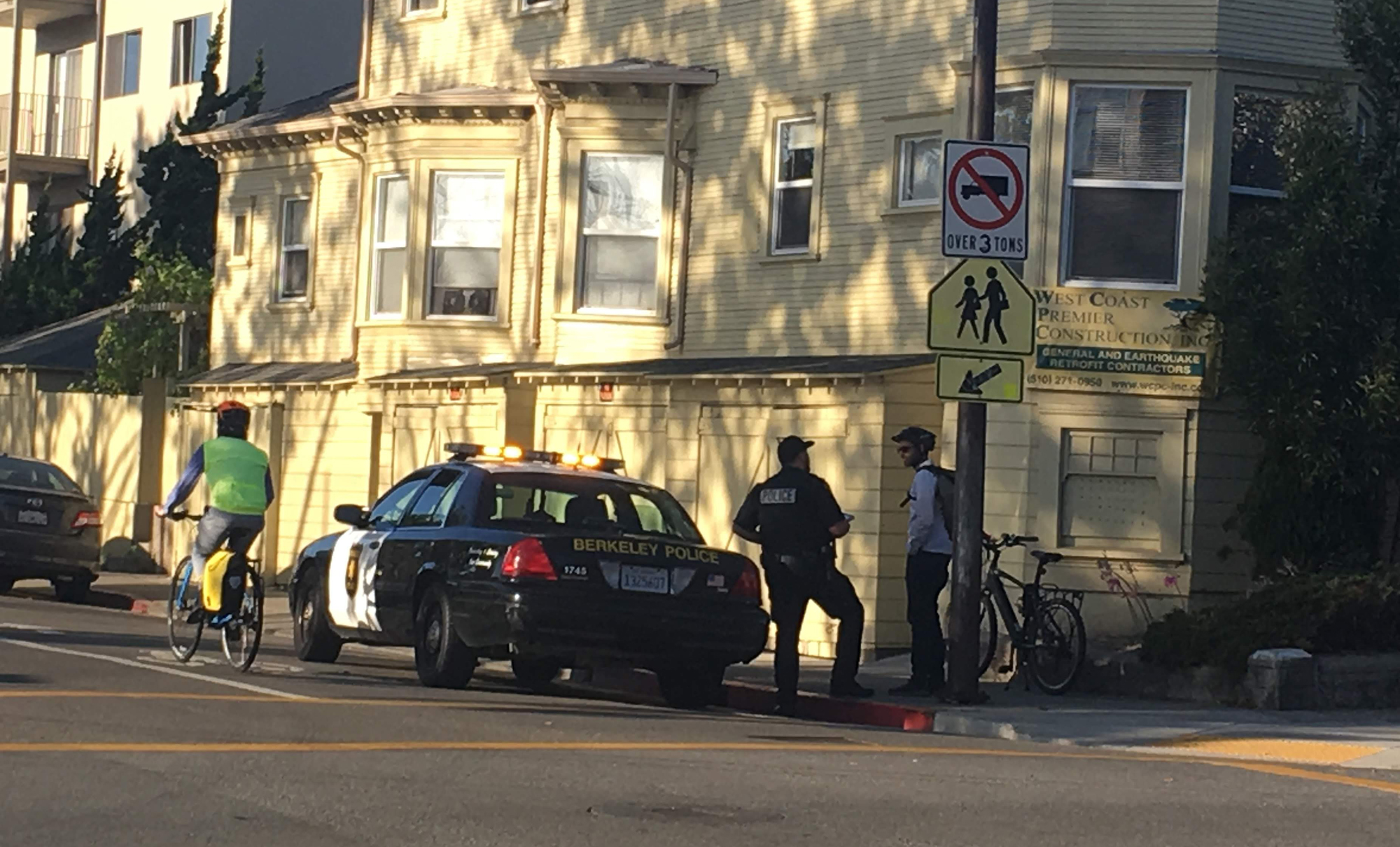California's Office of Traffic Safety announced it will award a record amount of money in grants this year. The Bipartisan Infrastructure Law included a "once-in-a-generation investment in highway safety," and that means significant increases in funding to California from the National Highway Transportation Safety Administration’s (NHTSA) highway safety grant programs.
The 442 grants (a list of what jurisdictions are receiving how much can be found here) will fund a range of traffic safety work, including data collection and analysis, education and training, public information campaigns, and enforcement. It's anybody's guess from the list provided exactly what these various programs entail, but they do include:
- $2.2 million for UC Berkeley SafeTREC (Safe Transportation Research and Education Center), which conducts walking and biking safety assessments and training for local jurisdictions. See more about those programs here.
- $300,000 for the San Mateo County Office of Education's School Travel Fellowship program, which according to OTS "works with five cities to implement traffic safety projects at local schools, such as quick-build infrastructure and walking safety assessments."
- $202,692 to the Contra Costa County Public Health department to "work with the Contra Costa Transportation Authority to train city officials in [specific] equity priority communities on advancing the Safe System Approach to empower policy adoption and implementation."
But by far the lion's share of the money ($73.6 million) will go to law enforcement agencies throughout the state for "enforcement and education programs." Many of these grants go towards specific enforcement operations such as impaired driving checkpoints and what they call "bicycle and pedestrian safety enforcement operations." It is difficult to find out exactly how those operations go, since, as Streetsblog has written about in the past, the enforcement grants have few requirements other than to report how many tickets the police issued under the grant.
Police departments usually issue boilerplate press releases when they are about to launch those enforcement programs, and many focus on making sure they issue an equal number of tickets to bike riders, car drivers, and pedestrians. This has led to "unintended" outcomes like cops staking out bike boulevards in the city of Berkeley to give tickets to careful bike riders who don't come to a full and complete stop - thus discouraging biking without making anyone safer.
According to its press release,
The OTS and state departments within the California State Transportation Agency have adopted the Safe System Approach, a guiding paradigm to address roadway safety that builds and reinforces multiple layers of protection in both preventing crashes and minimizing the severity of crashes when they do happen.
The OTS awards grants based on identifiable traffic safety problems, proposed strategies to improve the safety of roads, as well as proven measures taken to reduce traffic deaths and injuries. The OTS also considers alignment with the five elements of the Safe System Approach – safe roads, safe speeds, safe vehicles, safe road users, and post-crash care.
The OTS grants are awarded based on California's "three-year blueprint to make roads safer for everyone," the 2024-26 Triennial Highway Safety Plan. OTS says this is a "data-driven" plan, and it does contain plenty of data about traffic fatalities. But that data also relies heavily on police reports, especially when identifying "primary crash factors" which can include unsafe speeds, right-of-way violations, etc.
OTS administers highway safety programs, not street design. Nevertheless, it is a giant red flag that safe street design is almost completely missing from a traffic safety plan.
Additionally, the plan's information about bike and pedestrian safety campaigns seems to focus on bike riders and people walking, rather than the drivers who actually pose the safety problems. While knowing how to be safe is definitely important, that the state's highway safety agency still defines safety as a "shared responsibility" between human bodies and drivers of two-ton vehicles is disheartening.
Finally, the OTS "encourages the public to join the Go Safely Movement and help us establish a strong road safety culture." There's a survey at that site as well, where you can become a “traffic safety champion.”






